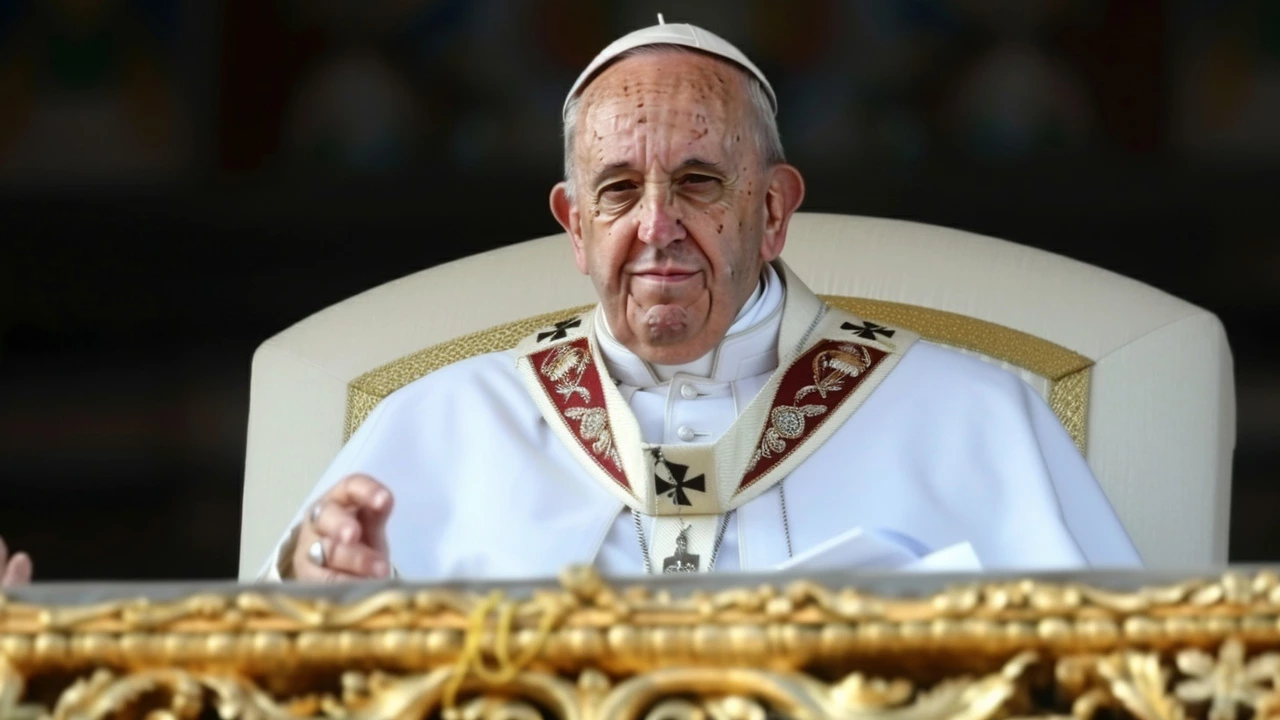Gay Priests – Real Stories, Real Struggles, Real Hope
When you hear "priest," you probably picture someone in robes, delivering sermons, and guiding a flock. Add "gay" to the mix and the conversation shifts. For many LGBTQ clergy, living openly means navigating a church that can be both supportive and hostile. This page breaks down what that looks like, why it matters, and how the tide is turning.
Why Being Open Matters
Being open about sexual orientation isn’t just a personal choice for gay priests—it’s a statement that faith and identity can coexist. When a priest comes out, it sends a clear signal to parishioners who may be wrestling with their own identities. It also challenges long‑standing assumptions that being gay and being spiritual are mutually exclusive. In many cases, the act of coming out sparks honest dialogue within the congregation, leading to greater empathy and acceptance.
Church Reactions: From Resistance to Reform
Reactions vary widely. Some denominations have clear policies that welcome LGBTQ clergy, while others still cling to traditional doctrines that label gay relationships as sinful. In places where resistance is strong, gay priests often face formal investigations, loss of duties, or even dismissal. Yet even in those environments, many find allies—bishops, fellow clergy, or lay leaders—who champion their right to serve.
On the flip side, churches that have embraced LGBTQ priests report healthier, more inclusive communities. Congregations notice increased attendance, especially among younger members who value authenticity. Programs that train clergy on LGBTQ issues are becoming common, and they help priests handle tricky questions without feeling pressured to hide who they are.
One practical tip for priests considering coming out is to build a support network first. Talk to trusted mentors, seek out LGBTQ clergy groups, and gather resources that can guide you through the process. Having a plan for how to address the congregation—a clear, compassionate statement—can defuse tension and set a respectful tone.
Another key point is that gay priests aren’t a one‑size‑fits‑all story. Some are openly gay from the start; others come out later in their careers. Their experiences differ by geography, denomination, and personal background. What’s consistent, however, is the desire to serve faithfully while being true to themselves.
If you’re a parishioner, the best way to support a gay priest is simply to listen. Ask genuine questions, avoid making assumptions, and treat them the same way you would any other pastor. Small gestures—like using the correct pronouns or acknowledging their coming‑out story in a respectful way—can make a massive difference.
For churches looking to create a more inclusive environment, start with clear policies that protect LGBTQ clergy from discrimination. Offer training sessions on gender and sexuality, and make space for open forums where parishioners can voice concerns in a safe setting. Transparency builds trust, and trust is the backbone of any thriving faith community.
In short, gay priests are reshaping what it means to be a religious leader in the modern world. Their journeys remind us that faith isn’t a rigid box—it’s a living, breathing experience that grows when we welcome all voices. Whether you’re a clergy member, a congregant, or just curious, understanding these stories helps us all move toward a more compassionate and authentic spiritual life.
Pope Francis Sparks Controversy with Remarks on Gay Priests
Pope Francis recently stirred up controversy with his comments at the Italian Bishops' Conference, where he expressed that gay men should not be allowed to train for the priesthood, even if they remain celibate. This article examines the reactions, cultural context, and the broader implications of his statements.
read more
